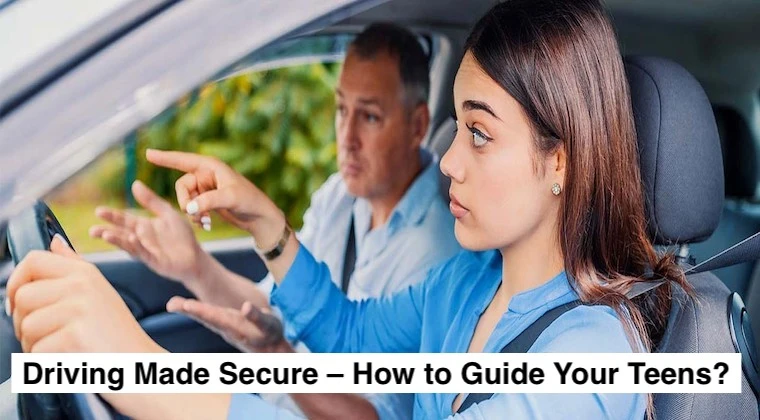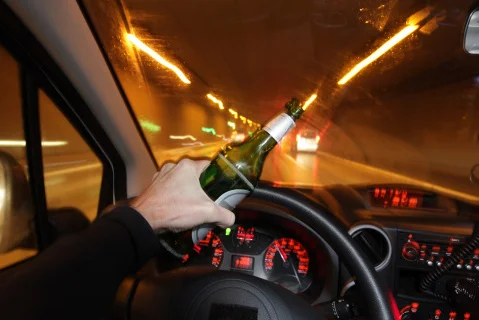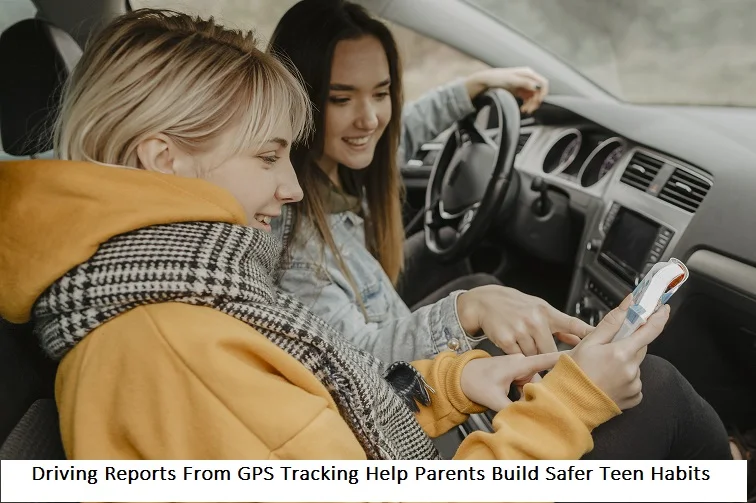+1 845 259 2974 (11 a.m to 7 p.m CST)
Driving Made Secure – How to Guide Your Teens?

Teaching teenagers to drive safely is crucial, not just for their safety but for everyone on the road. As teens gain independence with their driver's licenses, they face numerous challenges and distractions. The risk is real; car accidents are a leading cause of death among teenagers. This makes it essential for parents to actively engage in their teen's driving education and habits from the start.
Parents play a pivotal role in guiding their teens toward safe driving practices. This involves more than just giving practical driving lessons; it means setting clear rules, discussing the serious responsibilities that come with driving, and consistently monitoring their progress. Regular conversations about road safety can make a significant difference in how teens perceive driving. By staying involved, setting a good example, and using technology to monitor driving habits, parents can help ensure their teens understand the importance of driving safely and responsibly.
Common Risks Associated with Teen Driving
Teen drivers face several risks that can compromise their safety on the road:
- Inexperience: Lack of driving experience can lead to poor decision-making in critical situations.
- Distractions: Texting, talking on the phone, or interacting with passengers can divert attention from driving.
- Speeding: Teens are more likely to exceed speed limits, which increases the risk of accidents.
Statistics on Teen Driving Accidents
The statistics surrounding teen driving are alarming and highlight the importance of addressing these risks:
- High Accident Rates: Teens are involved in a disproportionately high number of accidents. According to the CDC, the risk of motor vehicle crashes is higher among teens aged 16–19 than among any other age group.
- Fatal Outcomes: Teen drivers have a higher rate of fatal crashes, mainly due to inexperience and risk-taking behaviors.
- Impact of Distractions: Research shows that distraction plays a role in nearly 58% of teen crashes.
These statistics underscore the need for targeted interventions to improve the driving behaviors of teenagers, making them aware of the risks and teaching them safe driving practices.
Essential Safe Driving Tips
Teaching teenagers essential safe driving tips can significantly reduce their risk on the road. Here are three critical aspects to emphasize:
Following Speed Limits
- Understand the Rules: Ensure teens know the speed limits on different roads.
- Consequences of Speeding: Discuss how speeding increases the likelihood of accidents and legal penalties.
Avoiding Distractions
- Keep Phones Away: Encourage teens to store their phones out of reach while driving.
- Focus on the Road: Remind them that even a momentary distraction can lead to serious accidents.
Importance of Wearing Seat Belts
- Always Buckle Up: Stress that seat belts should be worn at all times, no matter how short the journey.
- Lead by Example: Set a good example by always wearing your seat belt as a driver or passenger.
Emphasizing these tips regularly can help instill safe driving habits in teens, contributing to their safety and the safety of others on the road.
Role of Parents in Teen Driving Safety
Parents have a critical role in guiding their teens toward safe driving habits. Here are key areas where they can make a significant impact:
Setting Rules and Expectations
- Clear Guidelines: Establish firm rules about speeding, distractions, and passenger limits.
- Driving Agreement: Consider creating a driving agreement that outlines these rules and the consequences for breaking them.
Importance of Being a Role Model
- Demonstrate Safe Driving: Always adhere to safe driving practices yourself to show how seriously you take them.
- Consistency: Be consistent in your driving behavior to reinforce the importance of road safety.
Discussing the Consequences of Unsafe Driving
- Real-life Examples: Share stories and statistics about accidents caused by unsafe driving to illustrate the potential dangers.
- Legal and Personal Consequences: Explain the legal repercussions and personal impact an accident can have on their life and the lives of others.
Through active involvement and consistent communication, parents can help their teens become responsible and safe drivers.
Monitoring and Technology in Teen Driving
The use of technology can significantly enhance the monitoring of teen drivers, helping parents ensure their teens' safety on the road. Here's how technology plays a vital role:
Using Apps to Monitor Driving Behavior
There are several monitoring apps available that allow parents to monitor their teen's driving behavior remotely. These apps can track speed, braking patterns, and route history. By having access to this data, parents can identify any risky driving habits that need to be addressed. Discussing these findings with teens can help them understand where they need to improve.
Benefits of Dash Cams or GPS Tracking
Installing dash cams or GPS tracking devices in vehicles can provide a wealth of benefits. Dash cams can record on-road incidents, providing real-time evidence in case of accidents. GPS tracking helps parents know the whereabouts of their teen drivers, ensuring they stick to agreed routes and destinations. Both tools are invaluable in fostering safety and accountability.
Setting Boundaries with Technology
While technology offers many advantages, it's also essential to set boundaries to prevent over-reliance or privacy invasions. Parents should communicate openly with their teens about the reasons behind using these technologies and set clear limitations on their use. This approach ensures that technology acts as a support tool for driving education, rather than a means of control, fostering trust and responsibility in teen drivers.
Encouraging safe driving habits in teenagers is a critical responsibility for parents. By actively participating in their teen's driving education—through setting rules, being good role models, using technology judiciously, and discussing the real-world consequences of unsafe driving—parents can significantly influence their teen's behavior on the road.
Incorporating technology like monitoring apps, dash cams, and GPS tracking helps keep young drivers accountable and provides parents with peace of mind. However, it's equally important to balance this with trust and respect for their privacy.
Finally, fostering a sense of responsibility in teens through regular discussions about vehicle maintenance and the importance of sober driving, along with rewarding safe driving practices, can reinforce these crucial habits. By maintaining open communication and consistent support, parents can help their teens navigate the roads safely and confidently.
























